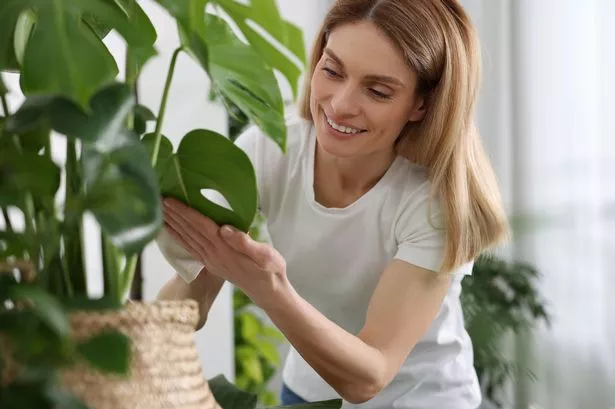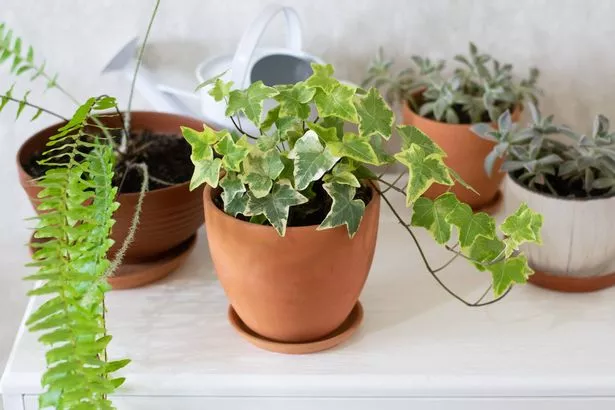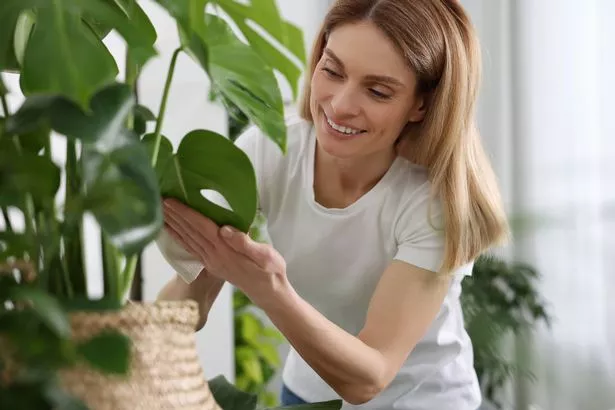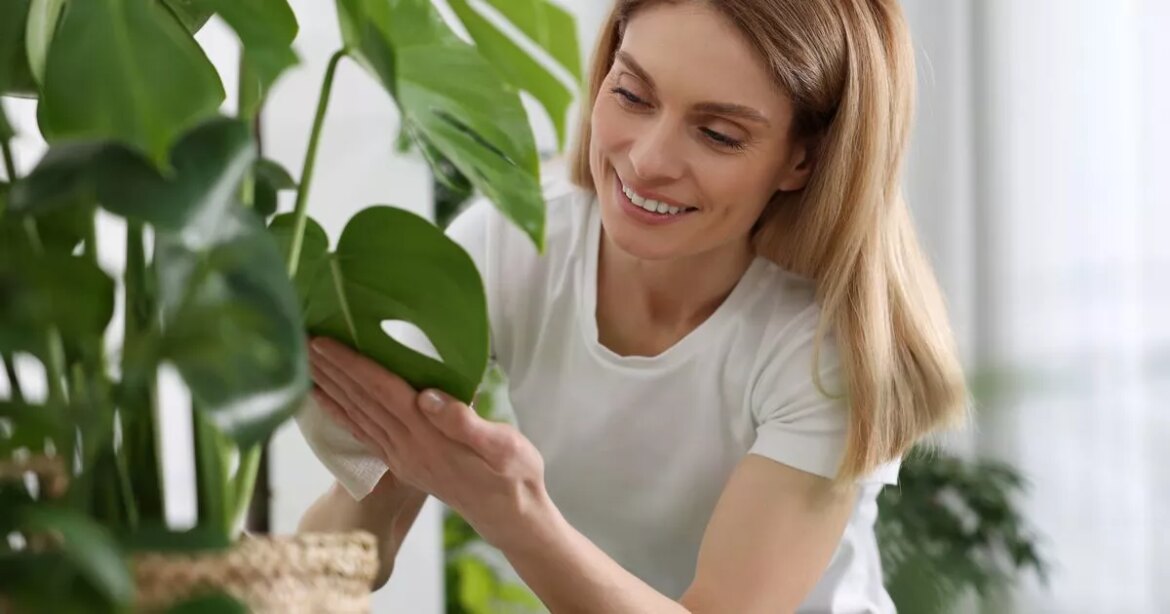They can also help purify the air in your home as we lead up to colder weather at this time of the year.
Melanie Kaidan Lifestyle writer and Chloe Dobinson Digital Production Editor
10:44, 06 Oct 2025
 (Image: Liudmila Chernetska via Getty Images)
(Image: Liudmila Chernetska via Getty Images)
Mould and condensation continue to plague numerous British homes, especially as the colder, damper seasons draw near. Whether it’s dark patches gradually creeping across bathroom walls or droplets of moisture materialising on windows each morning, the repercussions of excess damp can damage property and present health risks.
Sharing their knowledge on the best houseplants for tackling mould, experts at Gardening Express explained: “Mould in the home is caused by excess humidity. Warm rooms, like bathrooms, are particularly susceptible.
“Utilising plants to help keep mould at bay is a practical and natural method to regulate humidity and moisture in your home,” the experts added.
“The effectiveness of a plant in reducing humidity is entirely dependent on its ability to absorb dew, fog and other moisture through its leaves.”
Three houseplants that combat mould:
 English ivy is an excellent choice for small or particularly damp areas(Image: Albina Yalunina via Getty Images)English Ivy
English ivy is an excellent choice for small or particularly damp areas(Image: Albina Yalunina via Getty Images)English Ivy
English ivy is an excellent choice for small or particularly damp areas, notably bathrooms where air circulation is often poor.
It’s known for its ability to eradicate airborne mould spores, and it thrives in bright, indirect light while requiring regular watering.
For the best results, water generously and allow the soil to dry out slightly between each watering session. While English ivy prefers moderate humidity levels, it readily adapts to typical indoor conditions.
To boost humidity without risking root rot, place it on a tray filled with damp pebbles – just make sure it’s not directly in standing water. It’s recommended to keep it in a hanging basket or on a raised shelf, not only to enhance air circulation but also to keep it out of reach from pets, as the leaves are toxic.
Peace Lily
The peace lily provides more than just its striking look with those unique white flowers. These tropical plants thrive in high-humidity environments, making them perfect for areas prone to dampness.
As per Gardening Express, peace lilies “love the shade and thrive in high humidity, so are the perfect choice for areas prone to mould”.
Peace lilies absorb excess moisture through their leaves and manage well in low light conditions – some types can even prosper under artificial light. Besides their moisture-absorbing properties, peace lilies also aid in air purification and are an excellent option for homes with allergy sufferers.
Remember to remove wilted blooms and gently clean the leaves to maintain the plant’s health and ensure efficient photosynthesis. Like ivy, they can be harmful to pets, so careful placement is absolutely essential.
 A snake plant is particularly adept at tackling condensation and excess moisture,(Image: Getty)Snake Plant
A snake plant is particularly adept at tackling condensation and excess moisture,(Image: Getty)Snake Plant
Known as mother-in-law’s tongue, the snake plant is one of the most resilient and adaptable houseplants you can get.
This variety is particularly adept at tackling condensation and excess moisture, thanks to its sturdy, upright leaves.
It’s also remarkably easy to maintain, needing watering just once every one to two weeks.
Snake plants thrive in bright, warm environments, but can adapt to a range of conditions, and their textured leaves not only absorb water but also help purify the air.
According to NASA studies, snake plants can remove common household pollutants, making them an excellent all-round choice for indoor health.
Simply adding a few of these plants to your living spaces and bathrooms could result in a noticeable improvement in humidity levels.
The experts at Gardening Express remarked: “The beauty of this natural solution is that you will notice an improvement while having beautiful plants to enjoy too.”
 (Image: Liudmila Chernetska via Getty Images)
(Image: Liudmila Chernetska via Getty Images) (Image: Getty)
(Image: Getty)


Comments are closed.